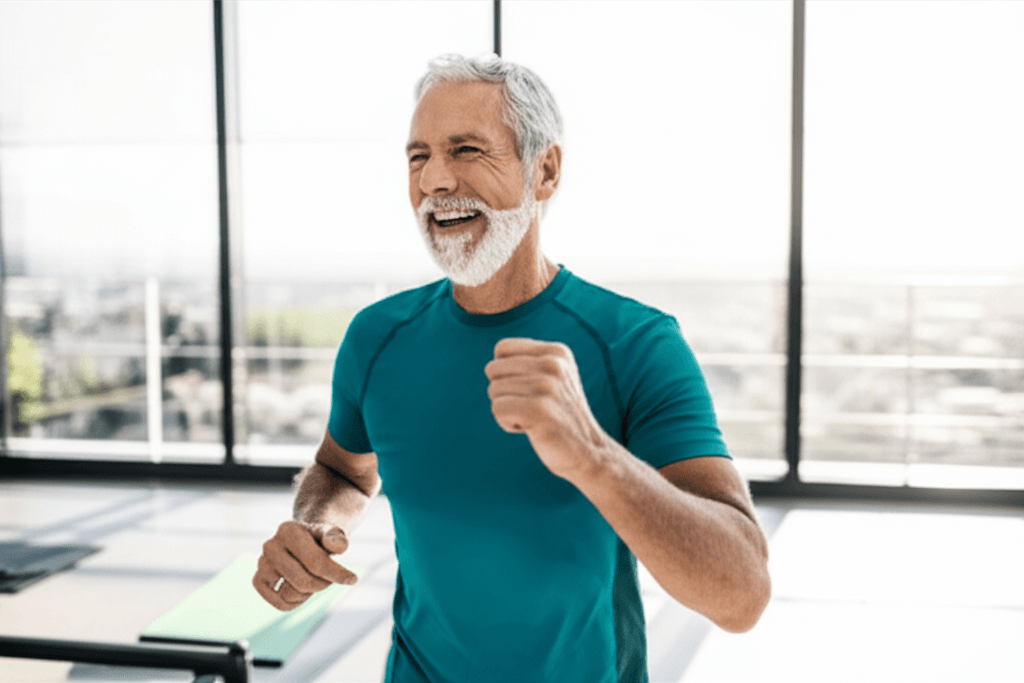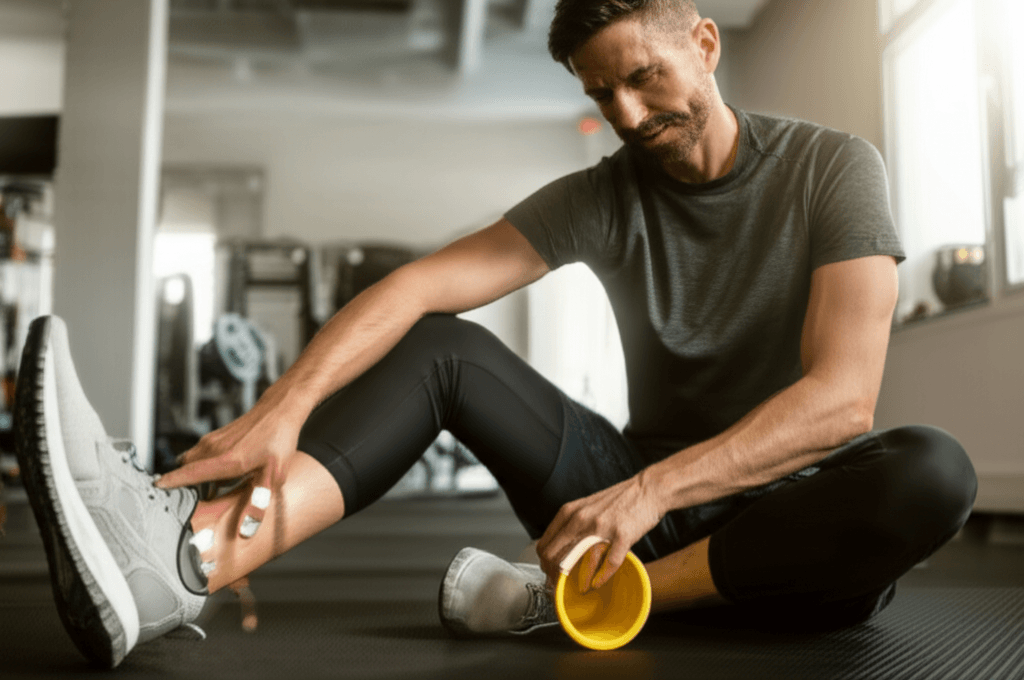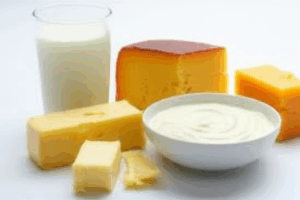Aging is an inevitable part of life, but how we approach it can make all the difference. Many believe that significant decline in physical fitness is a natural consequence of growing older. However, a growing body of evidence, and countless inspiring individuals, prove that maintaining or even improving fitness in your 70s and beyond is not only possible but highly beneficial. This guide will reveal a comprehensive approach to fitness at 71, focusing on strength, cardiovascular health, flexibility, balance, nutrition, and a crucial element: mindset.

Embracing a Proactive Mindset for Healthy Aging
A positive and growth-oriented mindset is paramount to healthy aging and achieving fitness goals. It encourages resilience, adaptability, and a proactive approach to the changes that come with age. Cultivating a positive outlook has been linked to increased lifespan, improved physical health, reduced depression, and better cognitive function.
Instead of viewing aging as a decline, embrace it as an opportunity for growth and self-awareness. Set realistic, manageable goals and celebrate small victories to build confidence. Surround yourself with positive influences and learn from setbacks, seeing them as opportunities for adjustment rather than failures.

The Pillars of a 70+ Fitness Regimen
An effective fitness routine for individuals over 70 should be multi-component, incorporating aerobic exercise, muscle-strengthening activities, and balance training. Always consult with a healthcare provider before starting any new exercise program, especially if you have pre-existing health conditions.
Strength Training: Building and Maintaining Muscle
Strength training is arguably the most important component of a senior fitness program. It combats sarcopenia, the natural age-related decline in muscle mass, and can even improve it. Regular strength training offers numerous benefits for older adults, including:
- Increased muscle mass and strength: This improves overall physical function and independence.
- Improved bone density: Strength training stimulates bone tissue, helping to prevent osteoporosis.
- Enhanced metabolism: Building muscle increases your resting metabolic rate, aiding in weight management.
- Better blood lipid profiles: It can lead to favorable changes in cholesterol levels.
- Reduced risk of chronic diseases: This includes heart disease, arthritis, and type 2 diabetes.
- Improved sleep quality and mood: Strength training can decrease symptoms of depression and anxiety.
- Hormonal benefits: It can elevate muscle-building hormones, assisting in muscle repair.
- Cognitive benefits: Lifting weights can stimulate the growth of new neurons and enhance brain function.
Aim for strength training at least two days a week, involving all major muscle groups. Bodyweight exercises, resistance bands, or light weights are excellent options. Examples include wall push-ups, calf raises, seated squats, leg raises, and shoulder blade squeezes.
Cardiovascular Exercise: Pumping Up Heart Health
Aerobic or cardio exercise is crucial for heart health, improved breathing, and increased energy. The U.S. Centers for Disease Control and Prevention (CDC) recommends that adults 65 and older aim for at least 150 minutes of moderate-intensity cardio each week, or 75 minutes of vigorous-intensity activity. This can be broken down into 30-minute sessions five days a week.
Choose activities that are enjoyable and low-impact to minimize joint strain. Great options include:
- Brisk walking: A simple yet effective form of cardio.
- Swimming and water aerobics: These provide a full-body workout that’s gentle on joints due to water’s buoyancy and resistance.
- Cycling: Stationary or regular biking offers a good cardio workout with low joint impact.
- Dancing: A joyful way to get your heart rate up.
- Light jogging: For those with good joint health, start with short intervals mixed with walking.
Flexibility and Balance: Preventing Falls and Enhancing Mobility
Maintaining flexibility and balance is vital for older adults to prevent falls, improve posture, and enhance overall mobility. Falls are a significant concern for seniors, and incorporating balance exercises can help reduce injury risk.
Flexibility Exercises:
- Gentle stretching: Daily stretches like neck rotations, shoulder rolls, side bends, and ankle circles improve range of motion and reduce stiffness.
- Yoga and Tai Chi: These practices combine mental focus with physical movement, improving strength, balance, and flexibility.
Balance Exercises:
- Single-leg stance: Hold onto a sturdy chair for support as you lift one foot and balance. Gradually increase hold time.
- Heel-to-toe walking: Walk in a straight line, placing the heel of one foot directly in front of the toes of the other.
- Sit-to-stand: Repeatedly stand up from a chair without using your hands.
- Weight shifts: Shift your weight from one foot to another while standing, lifting the unweighted foot slightly.
- Back leg raises and side leg raises: Using a wall or chair for support, slowly lift one leg backward or to the side.

Nutritional Strategies for the Fitter Senior
A healthy, balanced diet is fundamental to supporting an active lifestyle as you age. Nutritional needs evolve, with older adults often requiring fewer calories but still needing sufficient nutrients.
- Prioritize nutrient-dense foods: Focus on fruits, vegetables (especially brightly colored ones), whole grains, lean proteins (seafood, poultry, beans, nuts, seeds), and low-fat dairy.
- Adequate Protein: Protein helps preserve muscle tissue, which is crucial as muscle mass can decline with age. Women need about 46 grams daily, men around 56 grams.
- Healthy Fats: Choose monounsaturated and polyunsaturated fats found in nuts, seeds, fish, olive oil, and avocados for heart health.
- Fiber Intake: Fiber aids digestion, prevents constipation, and lowers the risk of heart disease, type 2 diabetes, and colon cancer.
- Reduce Sodium: Limit salt intake to help manage blood pressure. Use herbs and spices for flavor instead.
- Stay Hydrated: The sense of thirst can diminish with age, so make a conscious effort to drink plenty of water throughout the day.
- Vitamins and Minerals: Ensure sufficient intake of calcium (with vitamin D for absorption), potassium, and vitamin B12.
- Consider the Mediterranean Diet: This eating pattern, rich in fruits, vegetables, fish, whole grains, and healthy fats, is associated with a lower risk of heart disease, diabetes, certain cancers, and frailty.

Recovery and Injury Prevention
Recovery becomes even more critical for older adults. Muscles need more time to rebuild and strengthen, and adequate rest helps prevent injuries.
- Listen to Your Body: Avoid pushing too hard, especially if experiencing pain. “No pain, no gain” is not a safe adage for seniors. Reduce intensity or take a break if discomfort persists.
- Proper Warm-up and Cool-down: Always warm up with dynamic stretches before exercise and cool down with static stretches afterward.
- Adequate Sleep: Quality sleep is paramount for muscle repair and overall recovery.
- Nutrition and Hydration: Proper fueling and hydration support muscle recovery and tissue repair.
- Recovery Tools: Foam rolling, massage, and cold therapy (like ice baths or cold showers) can help alleviate muscle soreness and improve circulation.
- Professional Guidance: Consider working with a physical therapist or personal trainer who specializes in senior fitness, especially if you have physical limitations or disabilities. They can create a customized, safe program.
By integrating these strategies—a positive mindset, a balanced exercise routine encompassing strength, cardio, flexibility, and balance, along with mindful nutrition and recovery—individuals at 71 and beyond can achieve remarkable levels of fitness and enjoy a higher quality of life.







